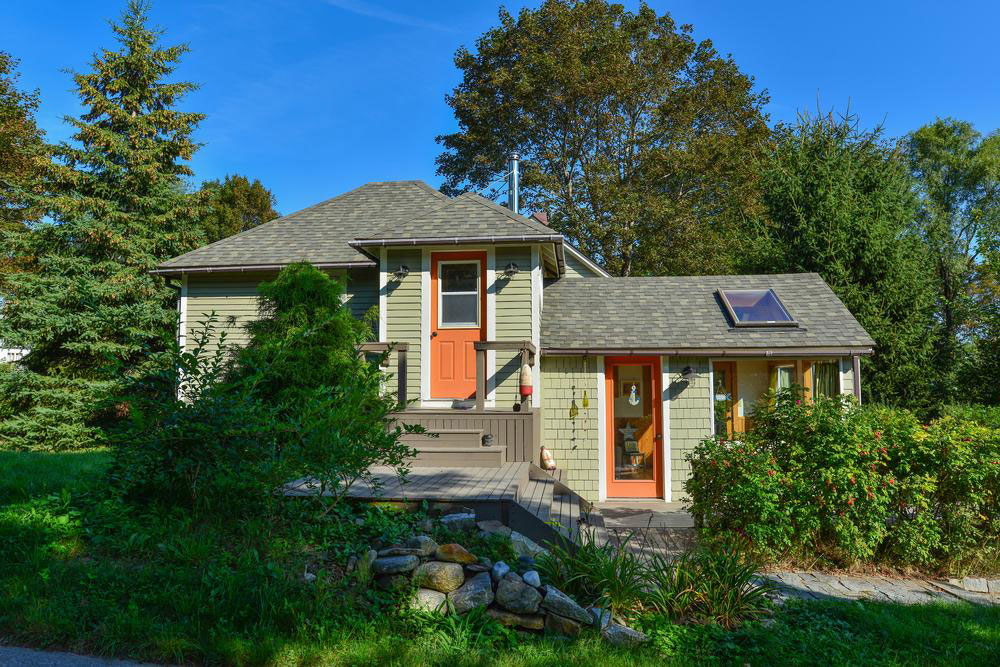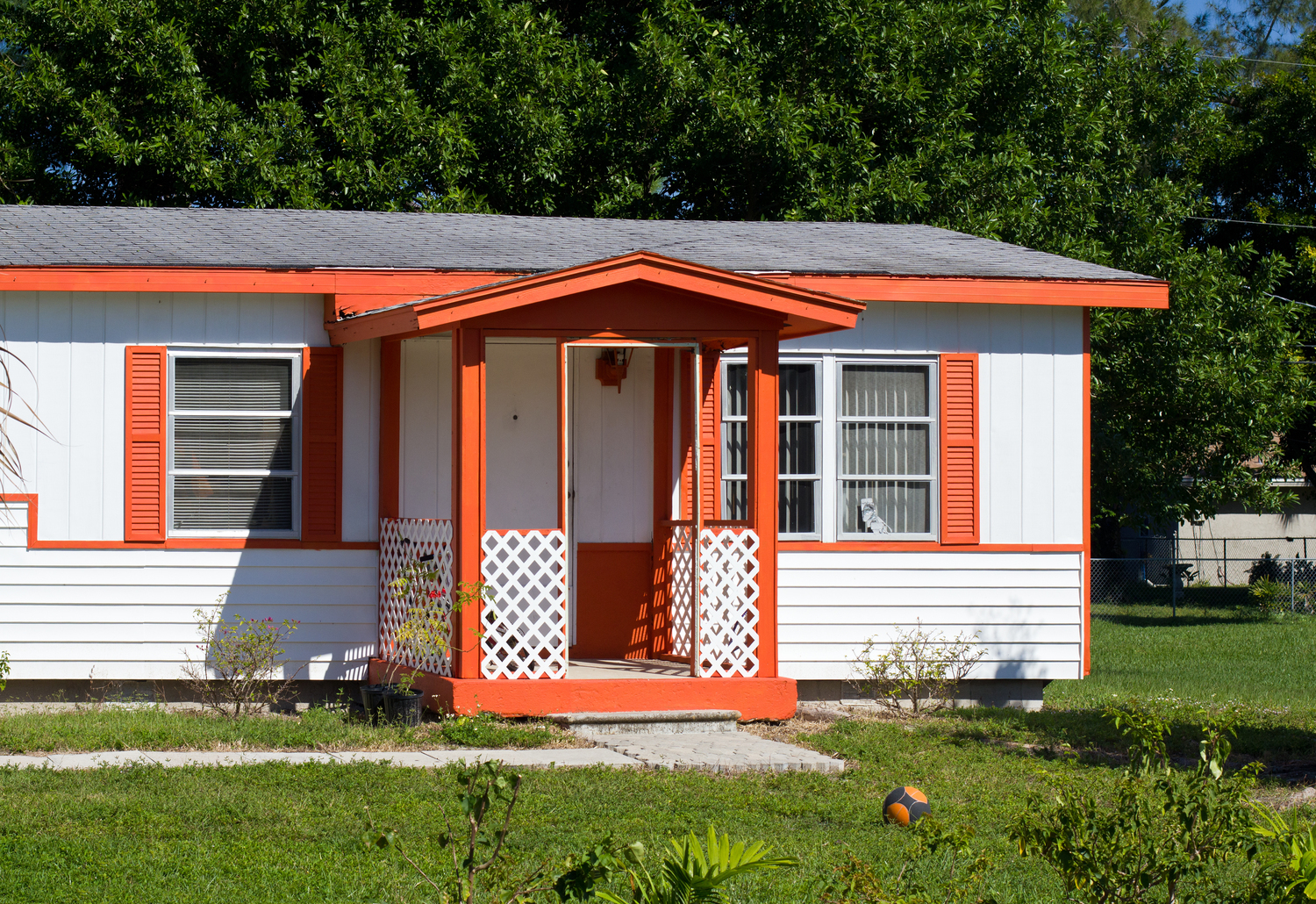Comprehensive Guide to Construction Loan Options for Home Builders and Developers
This comprehensive guide explores construction loan options for home builders and developers, detailing construction-to-permanent and stand-alone loans. It offers insights into their features, advantages, and drawbacks, helping readers make informed decisions for their building projects. Whether you're a first-time builder or an experienced investor, understanding these financing options is key to achieving your construction goals efficiently and cost-effectively.

Comprehensive Guide to Construction Loan Options for Home Builders and Developers
Embarking on the journey to build a custom home or develop a property requires careful financial planning, particularly when it comes to securing the appropriate construction financing. Understanding the different types of construction loans available is crucial for home builders, real estate investors, and developers aiming to finance their projects efficiently and securely. There are primarily two prominent types of construction financing offered by lenders: construction-to-permanent loans and stand-alone construction loans. Each option has unique features, advantages, and considerations that can significantly impact the success of a building project and your overall financial health.
Understanding these financing options enables builders and investors to choose the most suitable loan structure based on their financial situation, project scope, and long-term goals. Here's an in-depth look at each type of loan, their mechanics, benefits, and drawbacks to help you make informed decisions when planning your construction project.
Construction-to-Permanent Loans: An All-in-One Financing Solution
Construction-to-permanent loans, often referred to as 'single-close' loans, streamline the financing process by combining the construction phase and the mortgage into a single loan agreement. This approach not only simplifies the borrowing process but also offers potential cost savings and convenience for builders and homeowners alike.
During the construction period, borrowers typically pay interest-only payments based on the amount disbursed. The interest rates for these loans are variable and can fluctuate in response to market trends, Federal Reserve policies, and economic conditions. Once the construction phase concludes and the building is ready for occupancy, the loan transitions seamlessly into a traditional mortgage, which then converts into a long-term repayment plan. The terms of the mortgage—such as interest rate, repayment period, and monthly payments—depend on the lender’s policies and the borrower’s creditworthiness.
Benefits of Construction-to-Permanent Loans
Single Disbursement Process: Reduces administrative tasks and closing costs by eliminating the need for two separate loans.
Predictable Payments: Transitioning into a mortgage provides clarity and stability once construction is complete.
Interest-Only Payments During Construction: Easier cash flow management during the building phase.
Potentially Lower Overall Costs: Fewer closing costs and fees compared to obtaining separate loans.
Drawbacks to Consider
Qualification Requirements: Lenders may have stricter criteria, requiring thorough credit and financial background checks.
Loan Limits: These loans often have specific limits based on property value and project scope.
Interest Rate Variability: Fluctuating interest rates can lead to higher costs during the construction phase.
Stand-Alone Construction Loans: Flexibility with Separate Phases
For those who prefer or need more flexibility, stand-alone construction loans offer a different pathway. These involve two separate loans: one for the construction phase and another for the mortgage after the project is completed. This structure can be advantageous for borrowers who have substantial funds for a down payment, plan to sell the property post-construction, or want to shop around for favorable mortgage terms.
The initial construction loan covers the costs associated with building, including permits, labor, materials, and site preparation. Typically, these loans are disbursed in stages or draws, based on ongoing inspections and project milestones. Once the construction is completed, the borrower must qualify anew for a mortgage loan to pay off the construction debt and secure long-term financing.
Advantages of Stand-Alone Loans
Greater Borrower Control: Flexibility to choose lenders and terms for each phase independently.
Potential Cost Savings: Ability to shop for competitive mortgage rates after construction.
Higher Loan Amounts: Easier to finance larger projects due to separate approval processes.
Suitable for Project Sales: Ideal for investors planning to sell a property immediately after construction.
Considerations and Limitations
Multiple Approvals Required: Separate qualification processes for construction and long-term mortgage increase complexity and time.
Higher Total Cost: Additional fees and closing costs for two separate loans.
Market and Credit Risks: Changes in financial circumstances or market conditions can impact mortgage approval and interest rates at the second stage.
Choosing the Right Construction Loan for Your Project
Deciding between a construction-to-permanent loan and a stand-alone construction loan depends on several factors, including your financial situation, project size, timeline, and future plans. It’s essential to evaluate the pros and cons of each option in the context of your specific needs and long-term goals.
Engaging with experienced financial advisors or lenders can provide personalized insights and help you navigate the application process smoothly. Additionally, understanding the local lending landscape and the prevailing interest rates will empower you to make strategic decisions that optimize your project’s financial feasibility.
Key Takeaways
Both loan types serve different needs; select based on your project scope and financial readiness.
Understand all costs involved, including closing fees, interest rates, and potential changes in rate structure.
Consult industry professionals to develop a comprehensive financing plan tailored to your construction goals.
Building your dream home or developing a property is a significant investment that requires careful financial planning and informed decision-making. By understanding the distinct features, benefits, and limitations of construction-to-permanent and stand-alone construction loans, you can secure the right funding and set your project on the path to success. Remember, the right financing not only facilitates smooth construction but also contributes to your long-term financial stability and property value appreciation.




